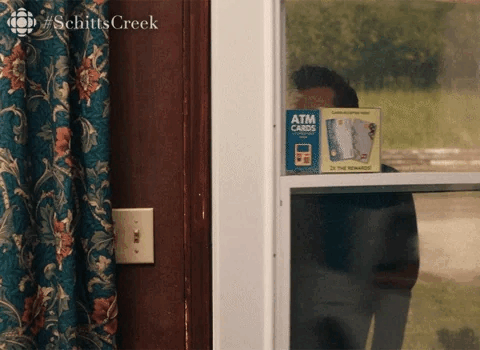Lessons in Miscommunication
On day one of our client calls we spend a lot of time on the logistics — making sure deadlines and expectations are aligned — but I’ve added a conversation point into my script that has become the key to successful projects and relationships. After reviewing all of the content our clients provide, I offer a disclaimer: “Tell me how you REALLY feel.”
I’ve made the mistake of assumption many times and can only hope the frequency will decrease as I continue in my career. I remember one project in particular, when I was just getting started, that became a lesson in the importance of communication. During this project, I was fresh off of a course and wanted to push the boundaries of the platform as an application thereof. The client wanted “modern, sleek, luxury, Miami” so I spent hours looking up stock imagery, fonts, enhancing white space and all in all delivering a product I was proud of. When I revealed the homepage to the client, they were visibly upset.
To be fair, part of this might have been a mismatch in personalities, as the client snapped and told me that this couldn’t be further from what they wanted. “Do you even know what luxury is?!”
Although this might be an extreme case, it stuck with me and helped put guardrails in place to try to prevent an interaction like that from happening again. I did a lot of reflection, in addition to hours of revisions, and ultimately the client ended up happy. My takeaway was that I needed to communicate, maybe even over communicate, to make sure that clients and I are on the same page as early in the process as possible.
With only a week together, laying this foundation is crucial. I often use the analogy of building a house to make building websites clear, coining this from a colleague of mine. “First the foundation, then the structure, THEN we decorate.”
In the case earlier, this analogy alone wouldn’t have saved me. That takes me to my next point: visuals and questions. That day one call is crucial for getting into the client’s brain. We look at websites together and while I used to tap through the examples, now I ask specific questions about the header, the interactivity, the color schemes in particular sections. I ask if they like the font spacing, how much breathing room the site has, the way the scroll feels. I ask about the lengths of the pages, the style of navigation, what seems to be a throughline on all the sites. And I repeat that feedback back to them.
I also make sure to ask my clients to elaborate on what they mean when they say they want things to look a certain way. For example, if they say they want a modern site, I’ll go back through their inspo sites and ask which one feels the most modern. When they think of something being “modern” where does their mind go? Sometimes, my idea of “modern” is completely different from theirs until we get a visual in front of us.
I’ve come to realize that so much of taste and preference are due to circumstance, experience and exposure. Just like how style is unique to the wearer, abstractions are just as personal. Using terms that are up for interpretation leave space, for better or worse, and it’s my job to close that gap.
I can acknowledge that this isn’t always a foolproof plan. Sometimes taste changes, and pulling from inspiration is a slippery slope when applied to your own brand. Ultimately, though, being on the same page will always get you closer to success, happier clients and a prouder portfolio. At the very least, it expands my taste as well, better tuning my own preferences to become a better designer, developer and teammate.


